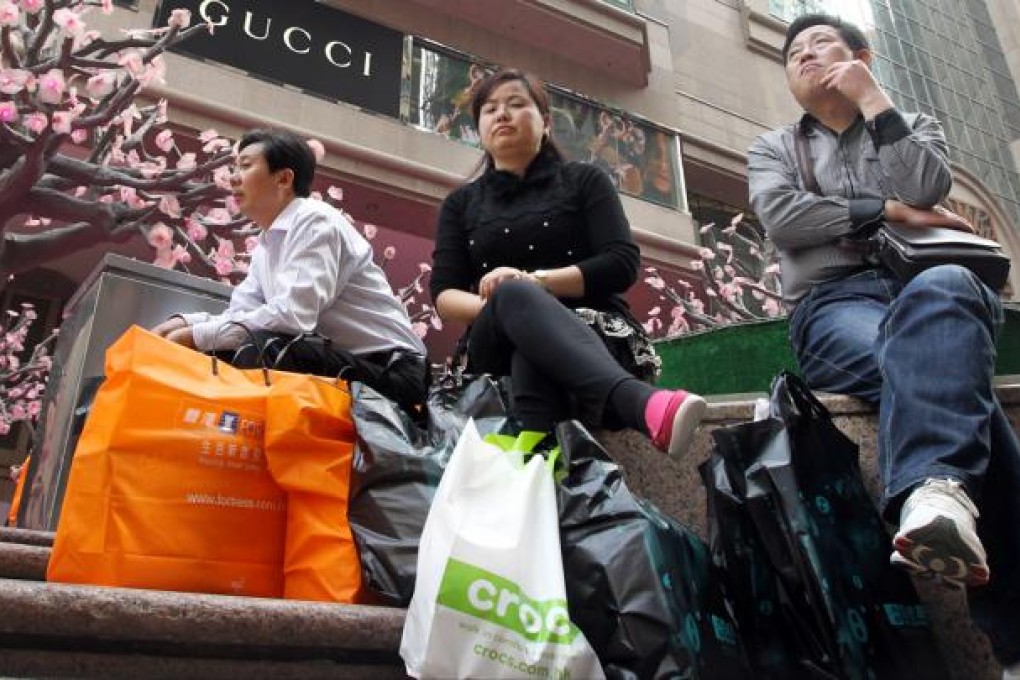Hong Kong could learn to be more gracious towards mainland visitors
Lau Pak Chuen says education campaigns can go far to ease friction with mainland visitors

The individual visit scheme for mainlanders was hailed as an effective measure to boost the recovery of Hong Kong's economy after the severe acute respiratory syndrome crisis in 2003. However, the rapid rise in the number of mainland visitors in recent years has fuelled conflict.
The scheme undoubtedly contributes to our economic development, so it's vital for the government to resolve what is causing this antagonism.
The large number of mainland shoppers has disrupted the daily life of Hong Kong citizens. Prices have gone up, essentials are sometimes out of stock or reserved for mainland visitors, and locals are slighted by some shops that cater to the big spenders from the north. Shopping areas have become more crowded while the behaviour of visitors is not always in line with the norms here.
Some economists say the government should develop the districts closest to the border to cater to the mainland demand for shopping malls and related facilities. That way, mainland visitors could shop in less congested areas, thus alleviating pressure on downtown space. Consequently, the chances of direct conflict would be reduced, while jobs would be created for those living in the border areas.
Part of the conflict also arises from differences in social manners and customs. This relates to forbearance.
Problems can be dealt with by showing the visitors our social norms while persuading Hongkongers to be more accommodating. However, the government has done little, if anything, in this area.